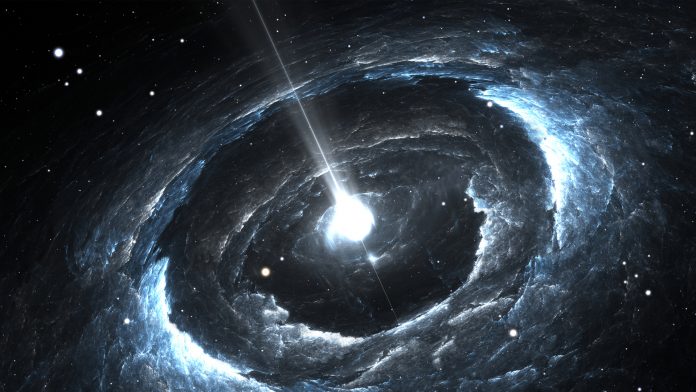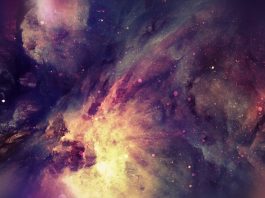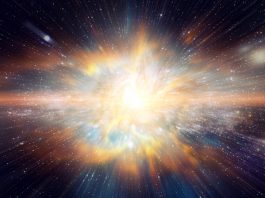As published in Physical Review Letters, evidence of long-sought hypothetical particles, known as axions, could be found in X-ray emissions.
The X-ray emissions released by a collection of neutron stars, named the Magnificent Seven, are so excessive that they could be an indicator of the presence of hypothetical particles, named axions. If their findings are confirmed, this discovery could help scientists understand the mysteries of the physical Universe – including the nature of dark matter.
Astronomer Raymond Co of the University of Minnesota, USA, said: “Finding axions has been one of the major efforts in high-energy particle physics, both in theory and in experiments. We think axions could exist, but we have not discovered them yet. You can think of axions as ghost particles. They can be anywhere in the Universe, but they don’t interact strongly with us, so we don’t have any observations of them yet.”
Axions are predicted by many models of string theory – a proposed solution to the tension between general relativity and quantum mechanics – and axions of a specific mass are also a strong dark matter candidate. If they exist, axions are expected to be produced inside stars. These stellar axions are not the same as dark matter axions, but their existence would imply the existence of other kinds of axions.
Searching for evidence of axions
Whilst studying the Magnificent Seven, a team of scientists led by Benjamin Safdi of the Lawrence Berkeley National Laboratory discovered high-energy (hard) X-ray emissions, which are not expected for neutron stars of that type.
The team carefully examined other sources of the emission, such as pulsars which emit hard X-radiation; but the other kinds of radiation emitted by pulsars, such as radio waves, are not present in the Magnificent Seven.
Safdi said: “We are pretty confident this excess exists, and very confident there’s something new among this excess. If we were 100% sure that what we are seeing is a new particle, that would be huge. That would be revolutionary in physics.”
The next step will be to try to verify the finding. If the excess is produced by axions, then most of the radiation should be emitted at higher energies than XMM-Newton and Chandra are capable of detecting. The team hopes to use a newer telescope, NASA’s NuSTAR, to observe the Magnificent Seven across a wider range of wavelengths.









